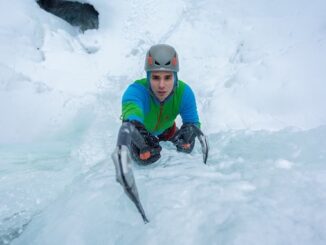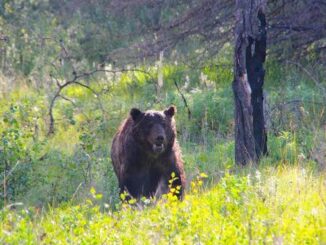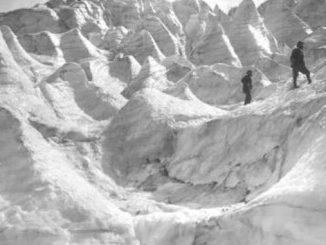Mount Assiniboine, with its massive pyramidal shape, is one of the most recognizable peaks in western Canada. Due to its uncanny resemblance to the famous peak in the Alps, it is often referred to as ‘The Matterhorn of the Rockies’. Long before the CPR built its railroad and opulent hotels, the Assiniboine area was the centre of ancient trade routes and historic battles between Indigenous groups. Pierre-Jean De Smet, a Catholic Priest and explorer, was likely the first non-Indigenous person to see the mountain when he was camped at what is now known as White Man Pass. The year was 1845 when De Smet scribbled, “The monuments of Cheops and Chephren dwindle into nought before this gigantic architectural cliff of nature” into his journal. De Smet wasn’t wrong as Mount Assiniboine, standing at 3,618 m (11,871 ft) is the tallest peak south of the Bow Valley.

It is unclear or unknown what the mount was called prior to 1885. That was the year George Dawson of the Geological Survey of Canada bestowed the name ‘Assiniboine’ to the massif. Dawson first saw the peak from Cooper Mountain west of Banff. As is often the case there was a plume of clouds trailing from the summit, which reminded Dawson of the smoke emanating from the tipis of the Assiniboine people, hence the name.

The first non-Indigenous expedition to the base took place in 1893. Tom Wilson guided his client Robert Barret to the mountain’s base but no attempt at the summit happened during that trek. Barret returned to Assiniboine two years later with Walter Wilcox and J.F. Porter using the infamous ‘Wild’ Bill Peyto as their guide, but once again a summit attempt did not occur. James Outram with his Swiss guides Christian Bohren and Christian Hasler Sr. are credited as the first group to summit Mount Assiniboine in 1901. Outram later wrote the following about Assiniboine, “The peak is grandest from its northern side. It rises, like a monster tooth, from an entourage of dark cliff and gleaming glacier, 5,000 feet above the valley of approach; the magnificent triangular face, barred with horizontal belts of perpendicular cliff and glistening expanses of the purest snow and ice, which constitutes the chief glory of the mountain, soaring more than 3,000 feet directly from the glacier that sweeps its base. On the eastern and the southern sides the walls and buttresses are practically sheer precipices 5,000 to 6,000 feet in vertical height, but the contour and character of the grand northern face more than compensate for the less sheer and lofty precipices.” Twenty-four years after Outram’s party claimed the first ascent, Lawrence Grassi completed Assiniboine’s first solo ascent to the summit.
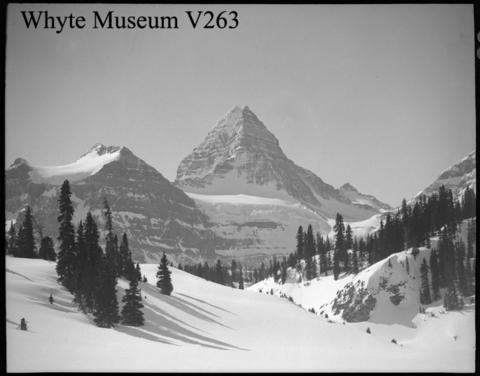
In 1928, three years after Grassi’s lofty feat, Erling Strom, a Norwegian ski instructor, and Marquis degli Albizzi, an Italian nobleman and the Winter Sports Director at Lake Placid, New York, skied to Mount Assiniboine. The pair fell in love with the area and together they convinced the CPR to build a ski lodge for the railway’s guests. Assiniboine Lodge was the first backcountry lodge specifically built for skiing in all of North America. Strom and Albizzi escorted the first guests to Assiniboine Lodge in 1929; the first of 50 consecutive years that Strom would spend at Assiniboine.

Situated on the Continental Divide, received provincial park designation in 1922, making it one of the first provincial parks in British Columbia. It is nestled between Banff National Park to the east and Kootenay National Park to the west. In 1983 Banff, Jasper, Kootenay, and Yoho were nominated for inclusion on the list of UNESCO World Heritage Sites. Seven years later that proposal was amended and now Mount Robson, Hamber, and Mount Assiniboine Provincial Parks are part of the Canadian Rocky Mountain Parks UNESCO World Heritage Site.
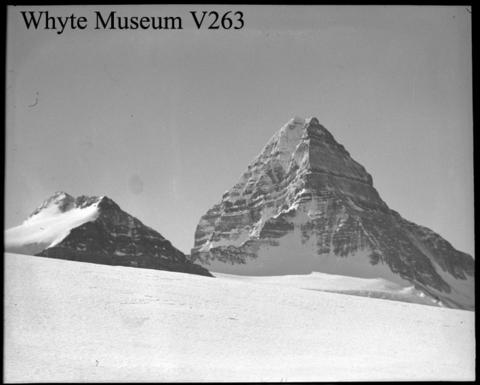
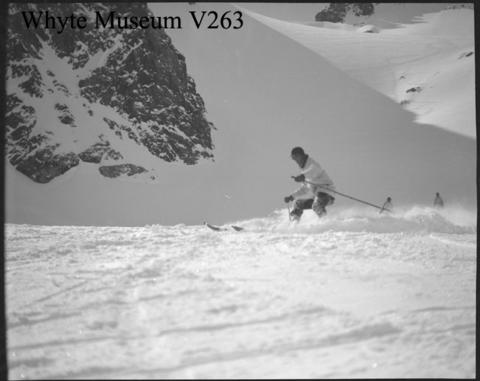
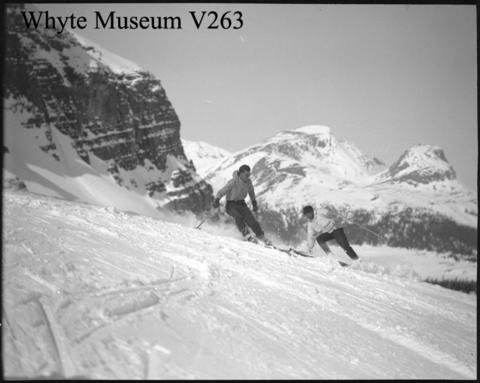

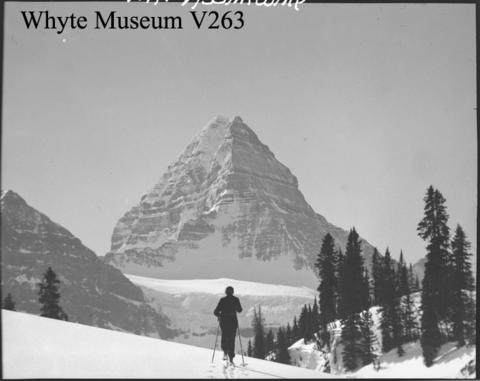


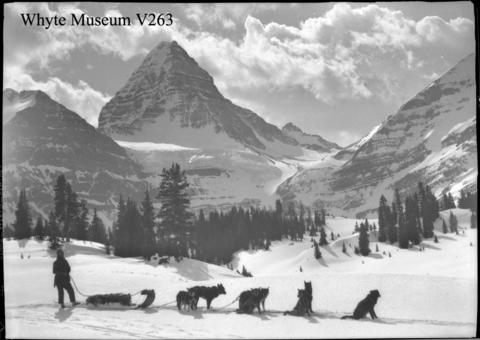
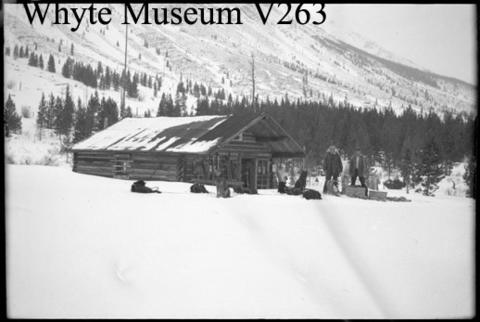
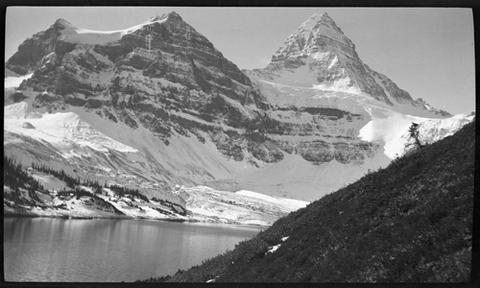
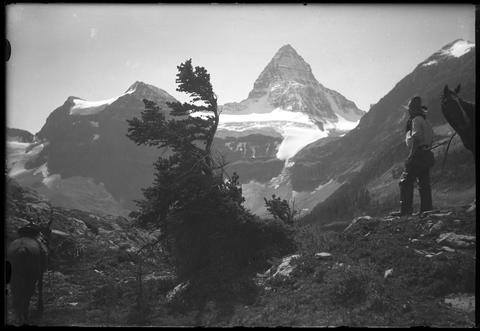
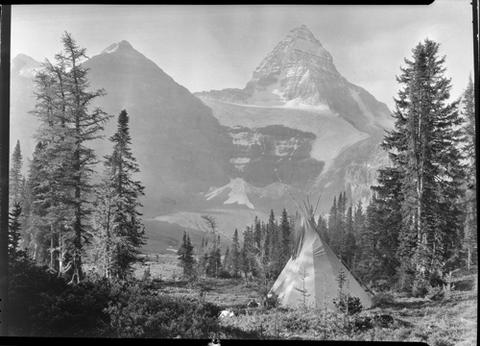
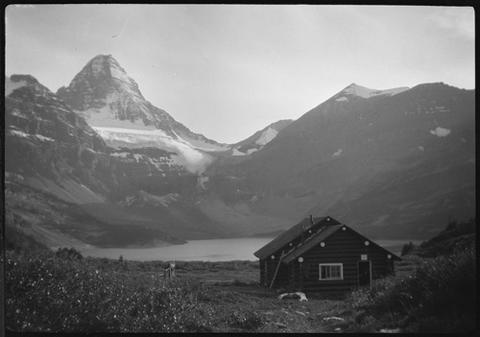
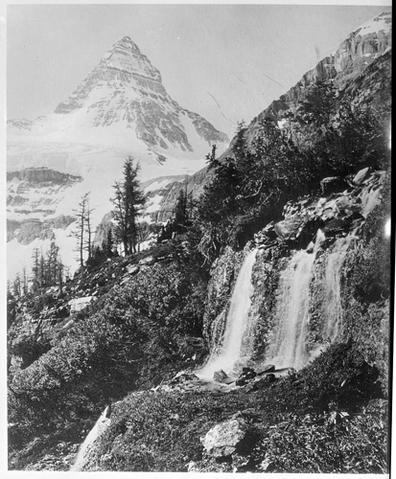

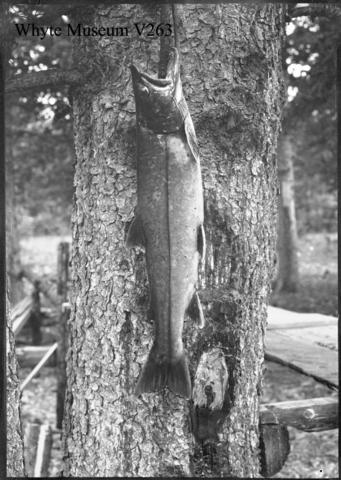
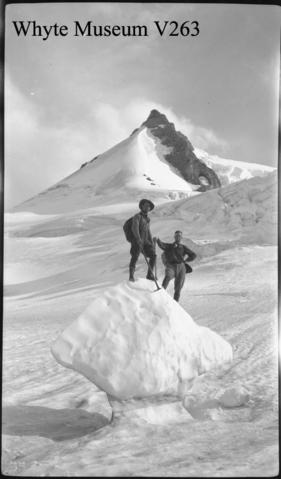

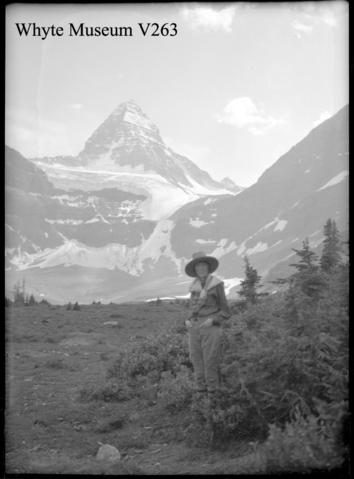
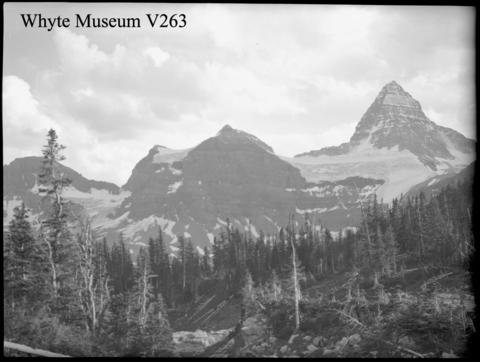
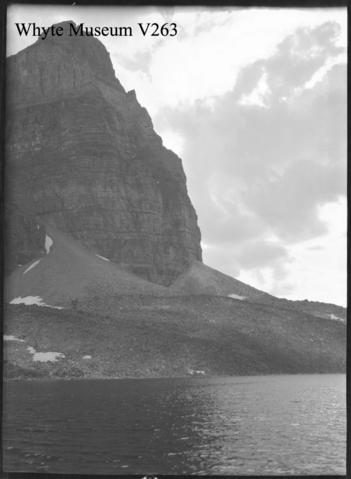
The photos above were collected from Archives Canada. If you’re interested, additional information can be found for each photograph on their website. Stay tuned for additional posts featuring historical photos from across Alberta and Western Canada. We’d love to know what you think in the comment section below.


